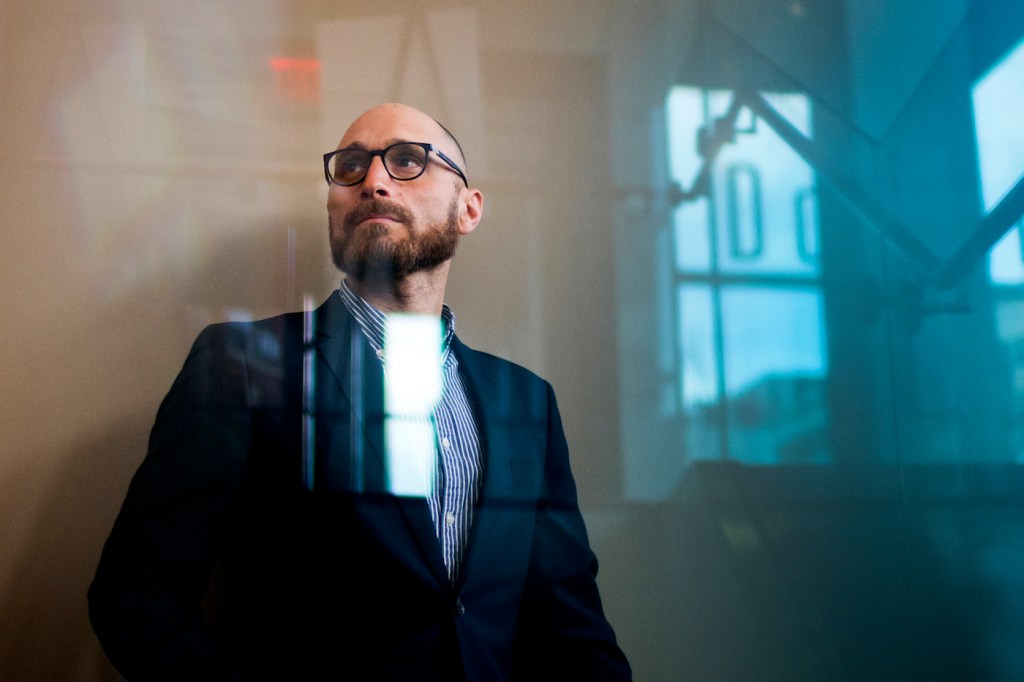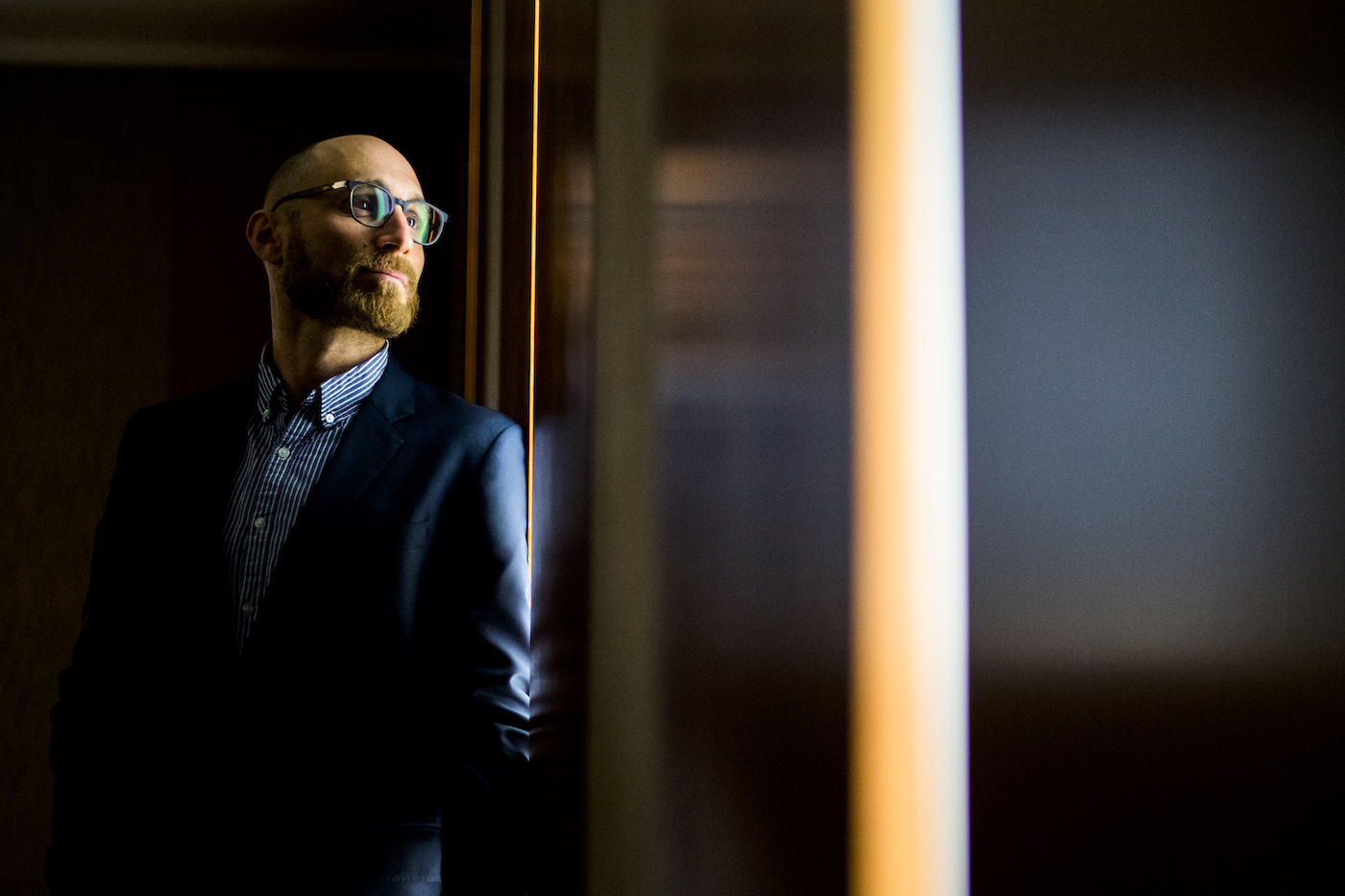How opioid lawsuit money could help solve the epidemic

More than 400 cases against opioid manufacturers, distributors, and pharmacies are pending before a single federal judge, with the potential to net billions to address the crisis. But winning those suits would only be the first step to victory, said Leo Beletsky, a drug policy expert and associate professor of law and health sciences at Northeastern. The solution, he said, lies in how we spend that money to address the many tentacles of the opioid epidemic.
Beletsky said we might see sweeping litigation, similar in some respects to the Tobacco Master Settlement Agreement that was reached in 1998. In the largest civil litigation settlement in U.S. history, major cigarette manufacturers agreed to pay an initial fee of $27 billion to 46 states and six other U.S. jurisdictions, plus annual multi-billion-dollar payments every year after that.
But Beletsky said money from this settlement was largely misappropriated, resulting in its limited public health impact. We now have a chance to learn from the tobacco example and avoid repeating history. “When we get a master settlement with opioid manufacturers, how do we spend that money? That’s probably the most important question right now,” Beletsky said.

Resources should be allocated to fight the production and proliferation of fentanyl, an opioid that is being manufactured illegally by individuals independent of the major drug makers, Beletsky said. More than 20,000 people died of fentanyl overdoses in the U.S. in 2016 alone. Photo by Matthew Modoono/Northeastern University
He noted that the settlement money should primarily be used to expand access to evidence-based treatment, which is currently “pretty dismal.” Less than 10 percent of people currently get the treatment they need for opioid addiction, Beletsky said. He also advocated for expanding access to harm-reduction tools, including syringe exchange programs and naloxone, an opiate antidote.
More broadly, he said money should be allocated to expanding other healthcare services. “A lot of times, people are using opioids inappropriately because they have other underlying health problems that are not being taken care of,” Beletsky said. He also cited the need to address structural problems like employment, education, and social safety net programs, all of which are inextricably tied to the opioid crisis.